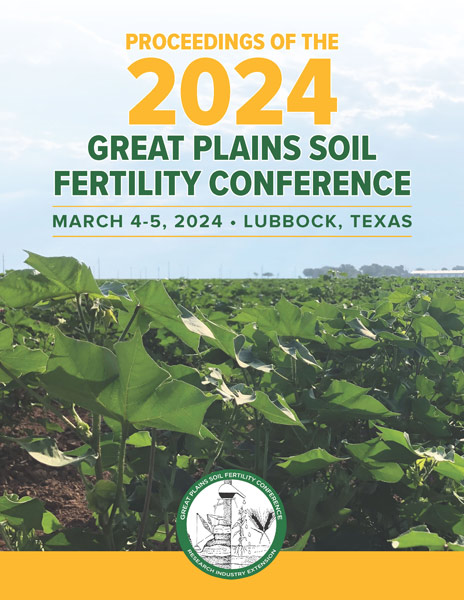Conference Proceedings Available!
Proceedings
Authors
| Filter results3 paper(s) found. |
|---|
1. Microplastics in Sweet Corn: Polymer Coated FertilizersPolymer coated fertilizers enhance nutrient efficiency and potentially reduce environmental nutrient loss. However, heavy runoff can carry microplastics into waterways and could negatively impact aquatic or terrestrial environments (Alimi, 2018). The objective of this project is to determine the microplastics concentrations in runoff water in sweet corn (Zea mays ‘sweetness’) with various placement methods. The full factorial study design consisted of three fertilizer... B.G. Hopkins, B.T. Geary, C.J. Seely |
2. Microplastics in Urban Landscapes: Polymer Coated FertilizersThe introduction and use of polymer coated fertilizers in urban landscapes has proven beneficial in supplying nutrients with less loss to the environment. However, these have recently come under scrutiny due to concerns with microplastics in the environment (Alimi). The objectives of this study were to determine the microplastics concentrations in runoff water in urban landscapes. The full factorial study design consisted of three fertilizer sources (Uncoated Dry and Coated Dry) with all... C.J. Seely, B.T. Geary, B.G. Hopkins |
3. Nitrogen and Sulfur Colimitation to Winter Wheat YieldSulfur has become more limiting for wheat production in the Great Plains, and its deficiency can interact with N availability. The current work reports on yield and yield gaps of three winter wheat varieties as affected by N and S fertilization using the concept of co-limitation (CNS). Field studies evaluating 0, 10, 20 and 40 lbs S/a combined factorials with 50, 100, and 150 lbs N/ac and three hard red winter wheat varieties were conducted in eight environments resulting from the... R. Lollato, B.R. Jaenich, N. Nelson, M. Guttieri, D. Ruiz diaz, V. Sadras |
